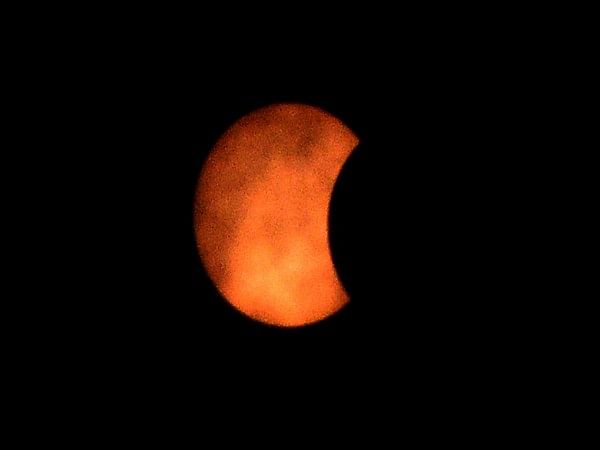New Delhi [India], October 20 (ANI): This time, countries worldwide will witness a partial solar eclipse on October 25 and this will happen just after the festival of Diwali.
The eclipse will begin before sunset in the late afternoon and will be visible from most areas.
It will not be feasible from some eastern regions of the nation, including the Andaman and Nicobar Islands, as well as the north-eastern cities of Aizawl, Dibrugarh, Imphal, Itanagar, Kohima, Sibsagar, Silchar, and Tamelong, among others.
A solar eclipse occurs when the moon passes between the sun and the earth, obstructing the sun’s light from reaching the earth. As a result, the moon casts a shadow on the earth, resulting in a solar eclipse.
Even for a short time, viewing the eclipsed sun with the naked eye is not recommended. Even if the moon hides the majority of the sun, it will still cause lifelong eye damage and blindness.
Let’s look at the dos and don’ts to keep you safe during the solar eclipse.
Do’s
The most secure and recommended approach to seeing the solar eclipse is with the help of appropriate filters like solar viewing or eclipse glasses, telescopes and others.
NASA recommends wearing eye protection before even glancing up at the sky during a solar eclipse.
During the eclipse, keep your headlights on.
Don’ts
It is not safe and advisable to wear conventional sunglasses instead of solar viewing or eclipse glasses.
Avoid taking pictures of the eclipse with your camera. There is always a danger that the Sun’s powerful rays will hurt your eyes if you are not wearing suitable glasses.
If you aren’t going to be present to monitor your children, keep them away from eclipse viewing places.
During the maximum eclipse, the Moon will hide the Sun to a degree of around 40 to 50 per cent in the country’s northwestern areas. The percentage coverage will be lower than the statistics indicated above in other parts of the country.
At the time of the maximum eclipse, the Moon will cover around 44 per cent of the Sun in Delhi and 24 per cent in Mumbai.
From dawn to sunset, the eclipse will last 1 hour 13 minutes in Delhi and 1 hour 19 minutes in Mumbai. The eclipse will last 31 minutes and 12 minutes in Chennai and Kolkata, respectively. (ANI)
This report is auto-generated from ANI news service. ThePrint holds no responsibility for its content.




